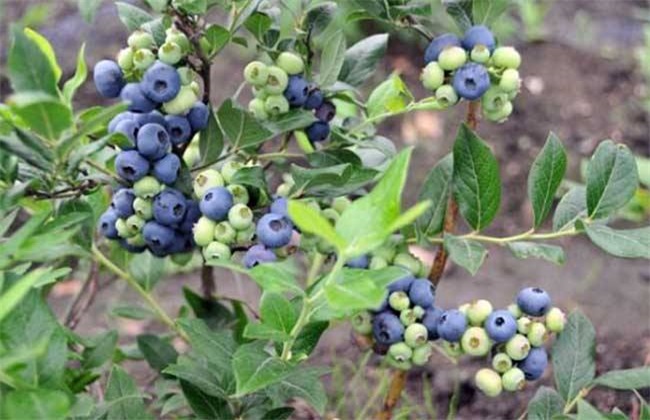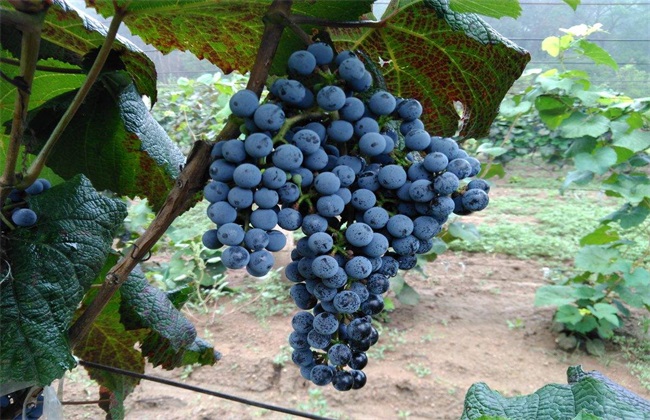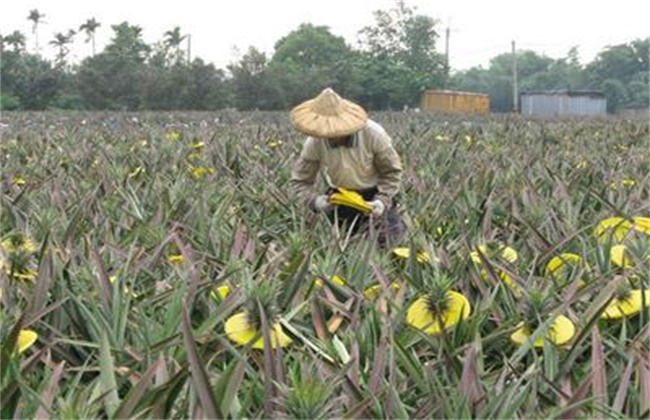High-yield cultivation techniques of blueberry
Blueberry is a well-known fruit in recent years, which has good nutritional value and different characteristics. The price of blueberry is relatively high in the market before, and through the development of planting over the past few years, the price of blueberry has become more friendly to the people. This can be said to be a good thing for blueberry sales, expanding market demand. Increasing the yield of blueberry is everyone's goal in planting, so I summarized the high-yield cultivation methods according to the characteristics of blueberry growth and development.

I. Establishment and selection of gardens
First of all, it is better to build a plantation at an altitude of about 500 meters, which must be in the land with convenient transportation and convenient drainage and irrigation. It is best to use greenhouse or greenhouse cultivation. Testing the garden soil before planting, blueberries are suitable for growing in soil with a pH of 4 to 4.5. Therefore, the planting soil can be improved, and the amount of fertilizer and sulfur powder needed to improve can be determined according to the test. Generally speaking, 500 jin of fertilizer is applied per mu, and about 600 jin of sulfur powder can be added. Some fermented peanut shells, bean cakes, pine needles and other organic fertilizers can also be added to improve the soil. Northern alpine strawberry suitable for greenhouse planting can be selected because of its strong adaptability, superior disease resistance and strong stem, so it is the preferred variety.
2. Planting
Generally choose two-year-old seedlings to plant, mostly in autumn. The ridge is generally north-south, the width of the ridge is about 30 to 40 cm, the height of the ridge is 25 cm, and the width of the furrow is about 20 cm. It is planted in rows with a row spacing of about one meter and a plant spacing of half a meter. When planting, pay attention to pruning the roots, subtract some injured and diseased roots, and then plant them after soaking in water with rooting powder.
III. Post-planting management
Long-day sunshine is good for blueberry growth, so you can receive more than 12 hours of light a day. However, flower bud differentiation needs to be carried out under the condition of short daylight within 8 hours. You can turn on the sunshade net after 12:00 to receive intense light. Some crop straw compost is generally used to apply base fertilizer in autumn. In the growth cycle, some grasses can be planted in the park to be used as green manure during intertillage. Compound fertilizer was applied once during the fruit growing period. Growth requires less water, in addition to flooding before winter, usually depending on the soil moisture real-time drip irrigation. Greenhouse cultivation is generally disease-free, but if it occurs, you only need to control the humidity, get rid of diseased branches and fruits in time, and spray the corresponding chemicals once.
In blueberry planting, special attention should be paid to planting methods and late fertilizer and water control. I believe that a certain yield can be maintained if the above contents are done well. Improve on the basis of stability.
Related
- Moge, come on! The staff of the peasant association in the producing area of cantaloupe were frightened when the crowd gathered.
- Causes and Solutions of low Fruit setting rate of Apple
- Symptoms and control measures of passion fruit virus disease
- Fruit growing lesson: how do apple orchards keep high yields?
- Can you build orchards in the mountains? What are the pros and cons?
- How to manage the coloring period of Crisson grape?
- This paper introduces the processing technology of two kinds of fig products.
- How much is a month for retired teachers in rural areas by 2020?
- How can strawberry planting increase sugar content? We should pay attention to management in many aspects.
- What are the cultivation techniques on how to improve the yield of golden fruit?



